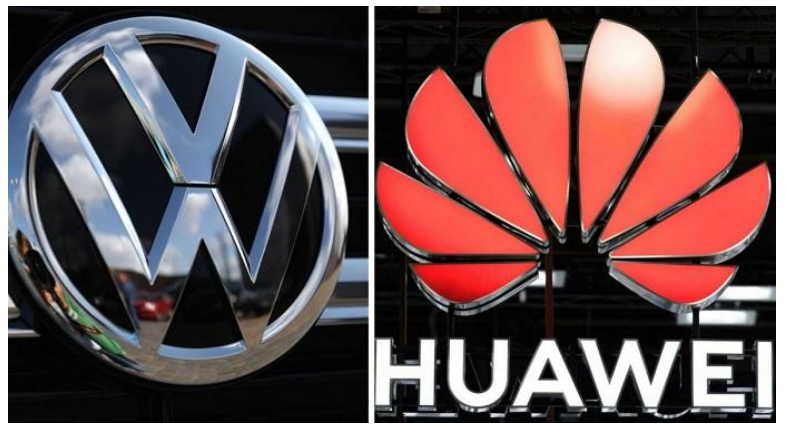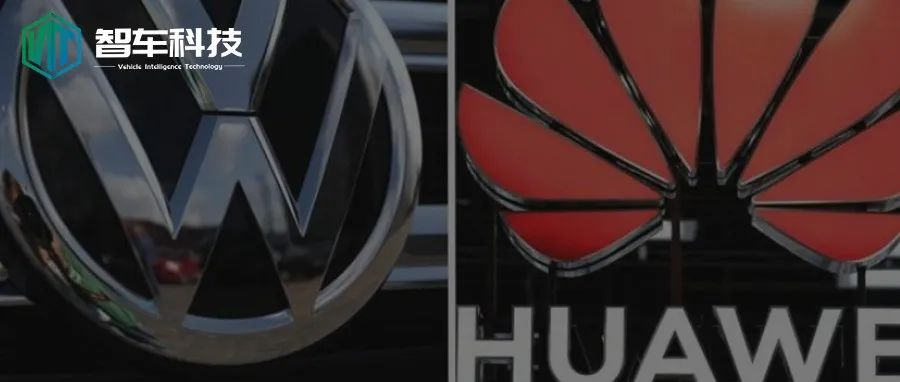Introduction
The CEO of Volkswagen China confirmed to the media recently that Huawei and Volkswagen are indeed discussing the establishment of a joint venture to develop autonomous driving technology. This news follows a strategic cooperation memorandum of understanding signed by Huawei and the Volkswagen Group’s Audi brand in July 2018 in Berlin to jointly develop intelligent connected vehicles, and the further deepening of cooperation between Audi and Huawei in the field of autonomous driving.

In fact, as early as October 2021, relevant news had been reported. The cooperation model is mainly that the Volkswagen Group will be the controlling shareholder by investing in the joint venture, while Huawei will invest in the form of technology IP (intellectual property), which includes not only autonomous driving software technology, but also Huawei’s chip-related IP. Through this form of cooperation, Huawei will become the supplier of autonomous driving technology to Volkswagen in the Chinese market, securing Volkswagen as a major customer.
Volkswagen needs to speed up its progress in China
In 2021, the Volkswagen MEB platform models were all launched, but the sales performance of the five ID models fell short of expectations. From overall vehicle design to the electrification system, Volkswagen, which has always been stable and conservative, also lacked surprises in the field of electric vehicles. Although some data is less than satisfactory compared to Tesla in terms of benchmarking, overall, Volkswagen is still on the same level as Tesla. However, in terms of sales, the monthly sales of the five ID models in Volkswagen North and South China are around 15,000 units, which is basically the same as emerging new forces such as WmAuto. As the main competitor of the ID series, Tesla delivered more than 320,000 units in China in 2021. If it were not for the Shanghai Super Factory of Tesla to shoulder heavy exporting tasks, Tesla’s delivery in China would still have room for improvement. If we look into Volkswagen’s shortcomings, besides the insufficient brand appeal in the field of electric vehicles compared to Tesla, the lack of autonomous driving/driving assistance technology has become the biggest shortcoming of Volkswagen’s electric vehicles.
 On Volkswagen’s latest MEB platform, Volkswagen models can only meet Level L2 driving assistance functions. However, Volkswagen’s shortcoming is the navigation technology that is currently popular in China. Even in the global market, Volkswagen’s biggest investment in the field of autonomous driving is its stake in Ford’s Argo AI, but we have not yet seen Volkswagen’s plans and news regarding the deployment of Level L3 in China. If we consider the considerable legal restrictions on autonomous driving in China, Argo AI still has a long way to go to make progress in China. In contrast, Tesla’s Autopilot has become well-known and is being constantly upgraded through OTA to unlock many new use cases.
On Volkswagen’s latest MEB platform, Volkswagen models can only meet Level L2 driving assistance functions. However, Volkswagen’s shortcoming is the navigation technology that is currently popular in China. Even in the global market, Volkswagen’s biggest investment in the field of autonomous driving is its stake in Ford’s Argo AI, but we have not yet seen Volkswagen’s plans and news regarding the deployment of Level L3 in China. If we consider the considerable legal restrictions on autonomous driving in China, Argo AI still has a long way to go to make progress in China. In contrast, Tesla’s Autopilot has become well-known and is being constantly upgraded through OTA to unlock many new use cases.
As a leading autonomous driving technology company in China, Huawei has already had multiple successful cases in China. The Huawei HI system-equipped Beiqi Iseeyoo, which was unveiled before last year’s Shanghai Auto Show, has made Huawei famous. We can confirm that Huawei can indeed provide significant help to Volkswagen, especially Volkswagen China, in high-level autonomous driving. If the Volkswagen MEB model can introduce Huawei HI system in a short period of time and open navigation function in many scenarios, Volkswagen will catch up with the gap between Tesla and WmAuto Vehicle.
Host factories need to seek secondary development based on Huawei
Currently, Huawei has already cooperated with many domestic companies in the field of intelligent cockpit/autonomous driving. Whether it is central or local automotive group companies such as BAIC, Changan, and GAC, or emerging brands such as Cyrus, Huawei’s involvement has become one of the biggest selling points for these brands. In particular, Huawei’s dominance in Cyrus and the later AITO brand has even led people to mistakenly believe that Huawei has begun making cars. If Volkswagen China is added in the future, Huawei’s market share in China will be enormous.
However, with more customers comes a problem that Huawei needs to solve: how to better meet customer needs. After all, Volkswagen certainly wouldn’t want its core autonomous driving system to be no different from other domestic host manufacturers. At that time, brands like Cyrus will intentionally or unintentionally use Volkswagen as a seller. At this point, including Volkswagen, host factories need to conduct secondary development based on Huawei’s technology and experience, integrate more of their own understanding of autonomous driving, and put more of their own stamp on Huawei’s autonomous driving system.
Traditional host factories and autonomous driving technology companies need each other.To deploy advanced driving assistance systems on whole vehicles, a long process needs to be undergone. Large investments are required in the early stages, and high costs in the later stages may lead to higher vehicle prices, which may result in lower terminal sales volume. For Huawei, it is difficult to recover investment and profit purely from terminal sales in the later stages. This is most evident in the case of the Beiqi Jiuhu Alpha S, whose price increased from 251,900 to 388,900 after incorporating the Huawei HI system.

By establishing a joint venture, Huawei can help achieve better technology monetization channels, especially various patent authorizations, which can facilitate cash recovery quickly. On the other hand, it is easier to lock in orders from major automakers’ large customers in the future and smoothly enter the mainstream supply chain system. In addition, in the development and testing phase, Huawei can obtain better treatment than ordinary suppliers and gain greater support. The joint venture model with Volkswagen is the same as the previous formation of joint ventures between Momenta and SAIC and BYD, whereby risks are shared and profits are shared in the future. This joint venture model is likely to become popular.

For Huawei, accelerating the layout of intelligent connected vehicles in a short period of time can provide new support for the enterprise’s business, which can effectively compensate for the impact of the decline in mobile phones and telecommunications services. Although this road is not easy to walk, it is a road that Huawei must pass. Therefore, from Huawei’s current situation, establishing a joint venture with Volkswagen and then taking over Volkswagen’s orders can effectively boost morale, even if it cannot bring considerable economic benefits in the short term. However, Huawei still has a long way to go to translate technological advantages into real orders and become the “Bosch” of the intelligent connected era.
This article is a translation by ChatGPT of a Chinese report from 42HOW. If you have any questions about it, please email bd@42how.com.
